The projects featured in our regenerative neighborhood series demonstrate an intentional, holistic approach to shaping the places where we live. It’s not just about project results, whether they be solar panels and green spaces or local jobs and permanently affordable housing. It’s about the processes, collaboration, community leadership, and care that go into achieving those results. Through this series, we hope to show that we can all aspire to something beyond ‘sustainable and affordable’—collectively, we can start to envision developments that revitalize communities, restore ecosystems, and give places the ability to evolve and adapt to whatever changes the future holds.
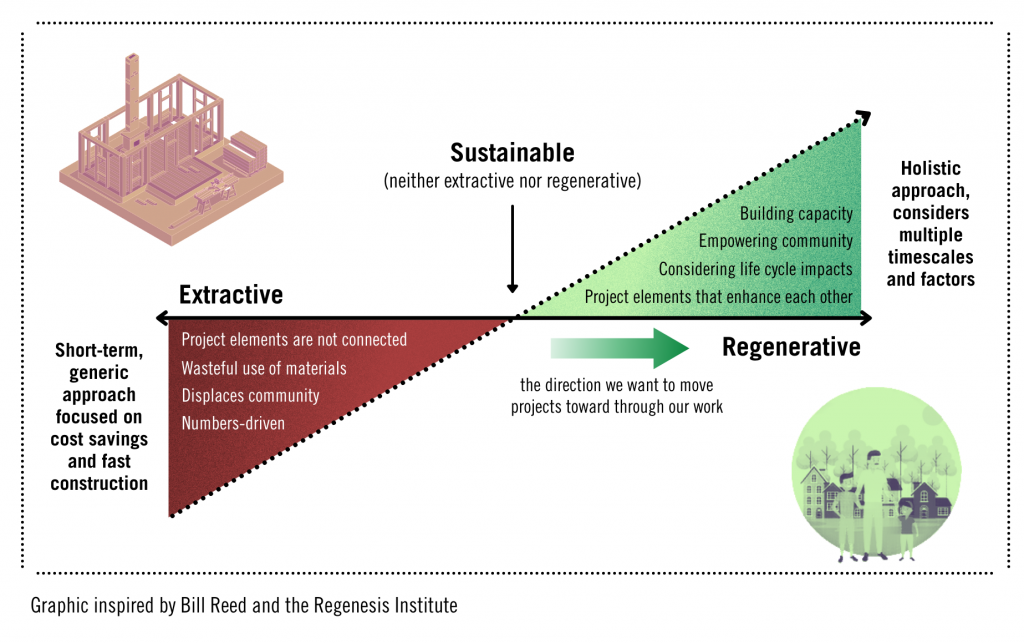
Arcata 30th Street Commons, a project led by the Yurok Indian Housing Authority (YIHA), recently received $11.4 million from the California Strategic Growth Council’s Affordable Housing and Sustainable Communities (AHSC) program. This award represents the first time a Native American Tribe has been funded by the AHSC program, and serves as an important step in growing the community’s capacity to transform their own neighborhood. The project will bring 36 affordable multifamily homes, a cultural community garden, and transportation improvements to the area, providing tribal members with improved access to amenities and opportunities for cultural engagement.
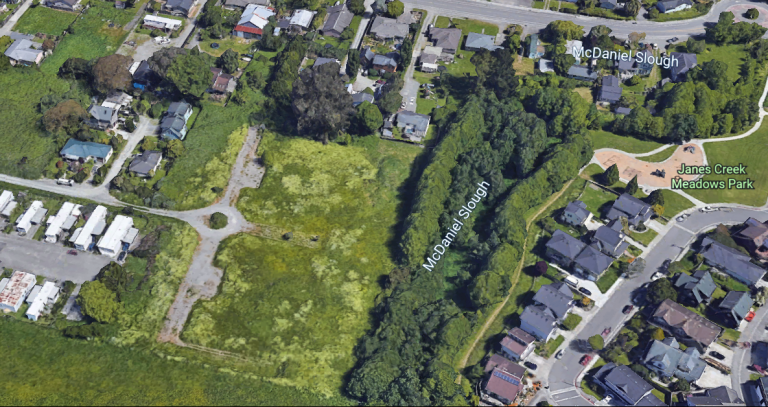
Aerial photo of the project area, courtesy of Google Earth.
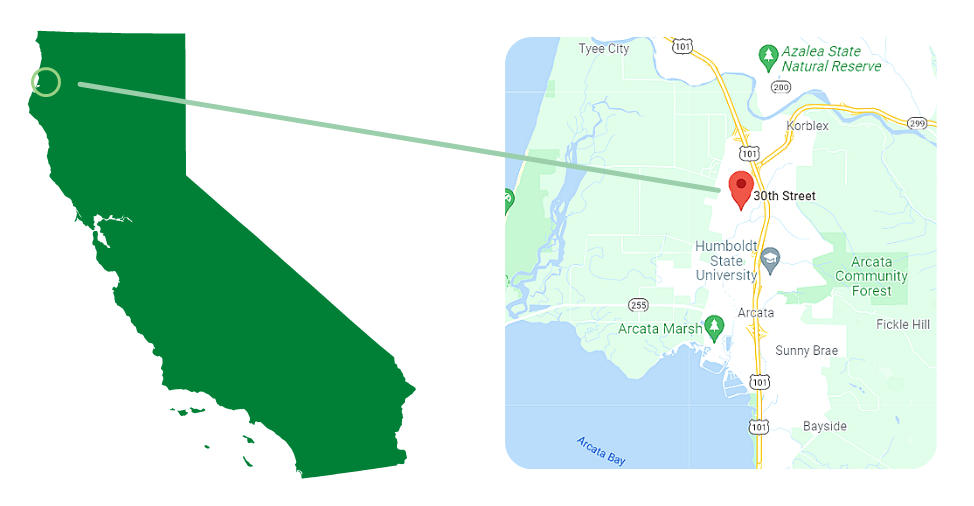
Approximate location of the Arcata 30th Street Commons Project.
Arcata 30th Street Commons, a collaborative development project driven by the Yurok Indian Housing Authority (YIHA), City of Arcata, and Humboldt Transit Authority, was first approved back in 2007. It was paused shortly after roads and utilities were built due to a lack of funding, but after receiving a tax credit from the state, they were able to revisit the project in 2020.
The housing authority pursued additional funding after the tax credit to ensure work could continue, and they were aided through the AHSC grant submission process by the City of Arcata, Enterprise Community Partners, California Coalition for Rural Housing, and the BOOST Pilot Program. The $11.4 million awarded to YIHA makes the Yurok Tribe the first to receive financial support from the AHSC program, cementing a historic win and giving the project a new lease on life.
About the AHSC Program
AHSC aims to reduce emissions and personal vehicle usage in two major ways: by building homes near key destinations and improving public transit, walking, and biking options. To date, the program has invested $1.1 billion in support of over 100 projects, which is estimated to result in emissions reductions equivalent to nearly 15,000 cars off the road each year. It has a particularly strong focus on funding projects that bring affordable housing, transportation, and improved job access to under-resourced communities.
Aside from demonstrating how external financial support can be leveraged to meet community needs, Arcata 30th Street Commons is doing something critical for residents: improving access to amenities. The planned affordable housing will be located a quarter mile from transit options and close to 19 service-providing locations, including a Native American health clinic that takes Medi-Cal payments, a grocery store that meets CalFresh standards, and Cal Poly Humboldt (formerly Humboldt State University). Building homes near transit, skill-building opportunities, and other key needs makes it easier for community members to reach the resources they need without relying on cars. This not only reduces emissions, but saves residents time and money they can then invest in themselves and the community.
Another unique aspect of this project is the fact that it builds on community engagement and planning efforts launched over a decade ago. Residents and local organizations attended numerous public meetings, making the need for easier access to safe walkways, bike lanes, and key service-providing locations clear. The walking bridge between Janes Creek Park and Murphy’s Markets was a direct result of this engagement process. The Tribal Council also held multiple sessions to engage the community’s veteran and elderly populations, and even relied on flyers and word of mouth to make sure they were reaching as many senior residents as possible. A cultural area, community garden, and ground-floor apartments with accommodations for elderly and handicapped community members were included because of these conversations.
Finally, the involvement of the housing authority and other Yurok-led organizations means that these improvements are being made in a way that centers Yurok culture, meets the Tribe’s specific needs, and is wholly place-specific. The garden is a perfect example of this. It will not only play an important role in addressing community food insecurity, but also serve as a learning space that gives both tribal and non-tribal residents the opportunity to deepen their understanding of Yurok culture.
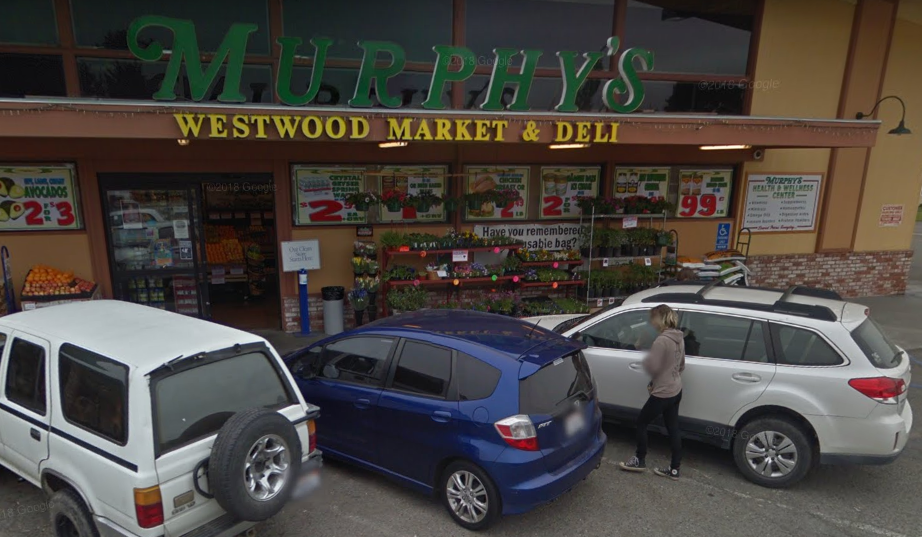
Google Earth photo of Murphy’s Markets, the nearest grocery store.
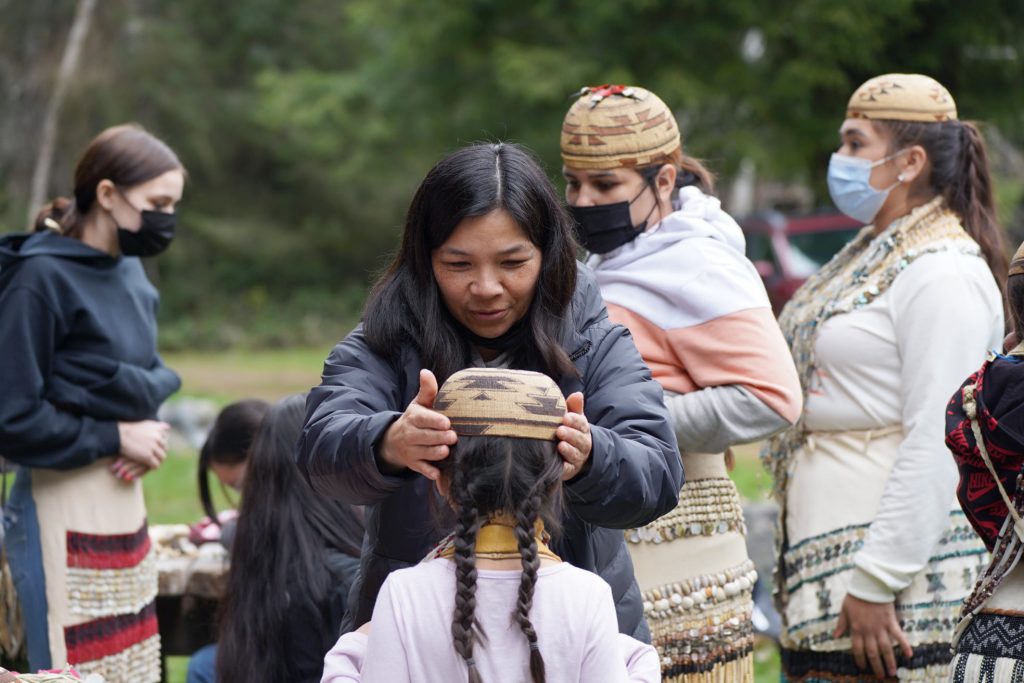
Event organizer helps prepare a young girl for the Brush Dance demonstration, held as part of a Yurok language cultural event.
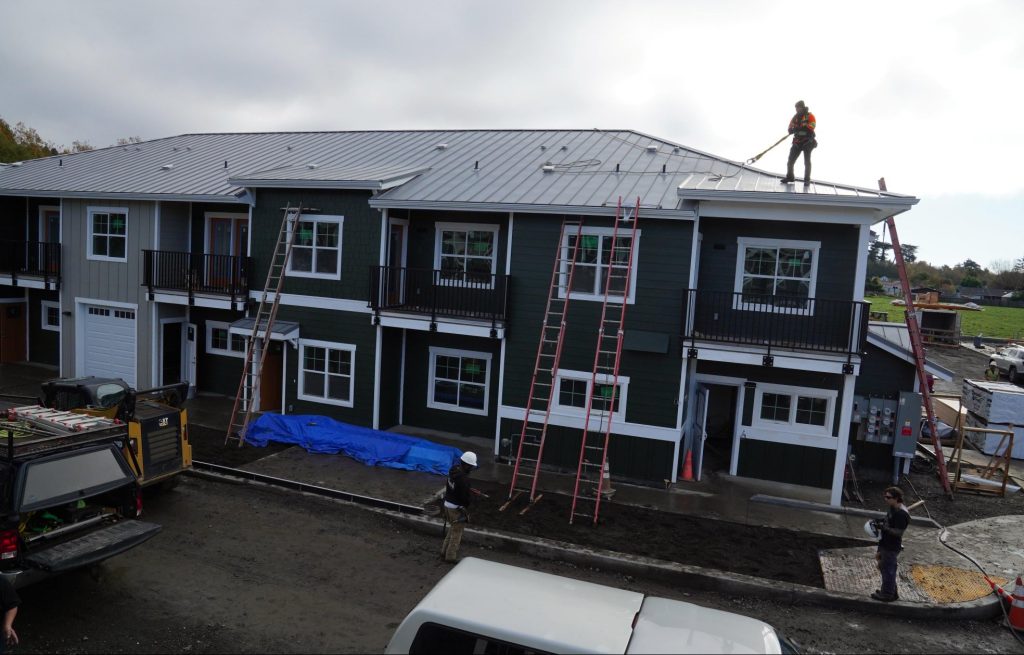
Construction in-progress on the Arcata 30th street Commons housing complex.
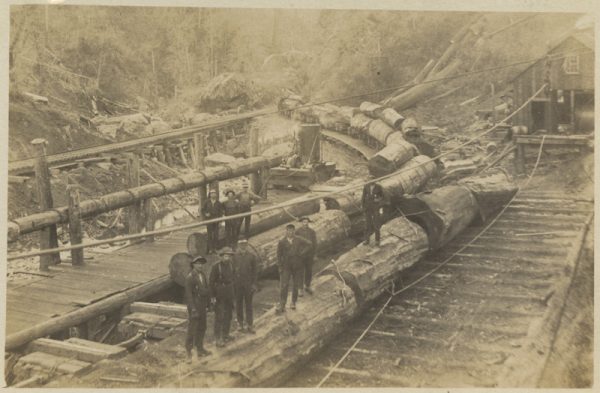
Photo of logging in Humboldt County. Courtesy of the California History Room, California State Library, Sacramento, California.

Historical photo of a Yurok smelt fisher, courtesy of Wikimedia Commons.
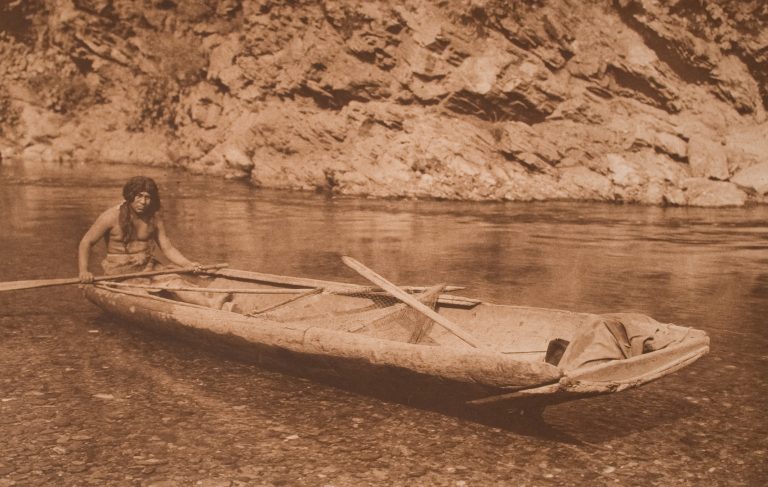
Photo of a Yurok canoer on the Trinity River, courtesy of Wikimedia Commons.
Arcata sits on the land of the Yurok and Wiyot peoples, who lived there before the area was colonized and continue to live there today. As a result of the area’s fruitful coastal and forest ecosystems, both tribes were home to skilled fishers, craftspeople, and gatherers. They practiced diligent land stewardship to sustain these resources and support the natural environment that helped their communities thrive.
In the mid-1800s, the Spanish colonized and settled in the area we call Arcata today. 75% of the Yurok population was killed directly or by disease by the end of the Gold Rush era, and the rest were relegated to reservations, where they were forbidden from speaking their language and practicing their culture. Without the dedicated preservation efforts of Yurok elders and the interest of younger tribal members, the culture and its traditions would have likely been lost forever.
Though the Spanish had initially established the city as a trading hub for gold, rapid depletion of the nearby mines drove them to logging the area’s abundance of redwoods to turn a profit. This led to major devastation of the city’s Community Forest in the 1880s, and while residents took pride in how lucrative the industry was, no efforts were made to restore the forest. The leveled space turned primarily into grazing land.
This time period also brought along demographic changes. The need for new loggers brought a younger crowd of workers to the city, and prominent xenophobia on the heels of the Chinese Exclusion Act drove Arcata’s residents to expel the Chinese people living there. Today, Arcata’s population remains fairly young, being a college town, and mostly white.
As the city started to consider the impact of timber harvesting on the natural environment, Cal Poly Humboldt—founded as a teachers’ school in 1913—broadened its focus and developed science and resource management programs. This mindset shift toward greater consideration of local ecosystems started to emerge at the community level, and over time, non-tribal residents started pushing for initiatives to increase the amount of protected forest land and support local park development.
Of course, the Yurok people have always had this mindset, and steadfastly continue their work to protect natural resources today. The Tribe is California’s biggest with over 5,000 members, and its primary focuses are on land reclamation, sustainable economic development, and dam removal.
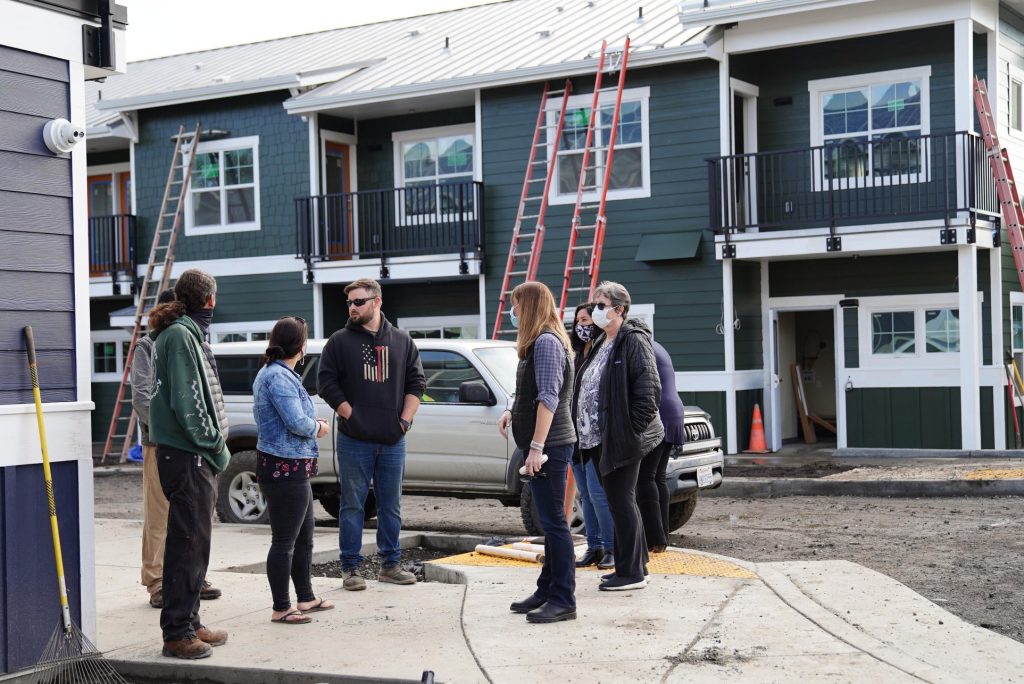
Members of the Tribal Council and Yurok Indian Housing Authority meet to see progress on the under-construction housing complex.
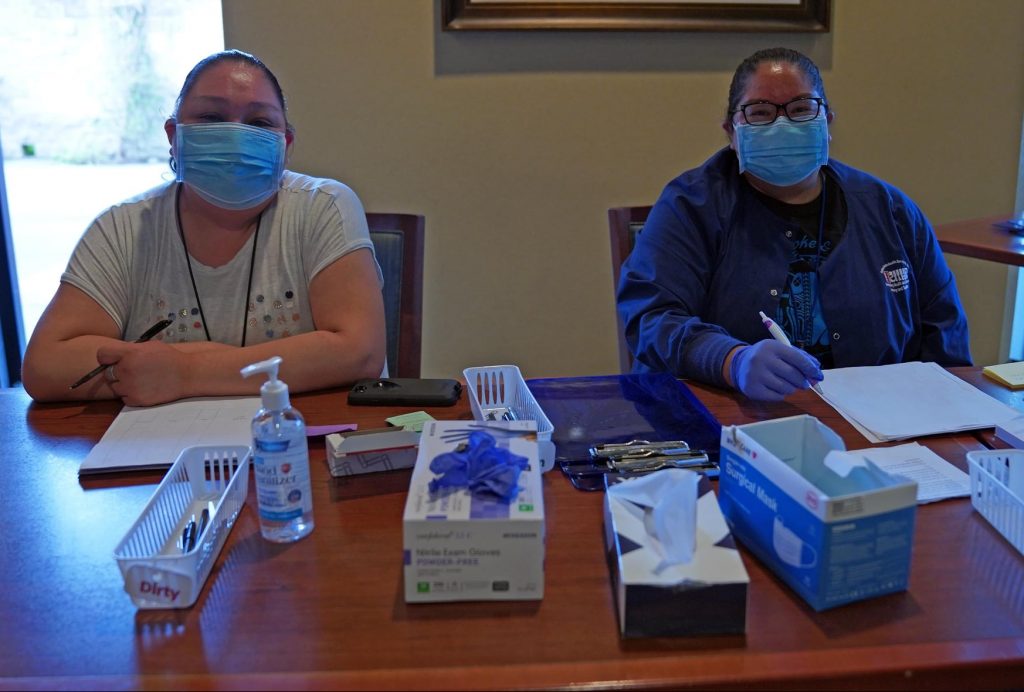
Community health representatives at the Health Village’s vaccination event.
36 multifamily homes with energy-efficient features are being built for residents and households making 30-50% of the city’s area median income. These homes will be close to important facilities, including Murphy’s Markets Inc (the nearest grocery store), the Mad River Community Hospital, and the United Indian Health Services Potawot Health Village. The addition of bike paths and a one-mile long trail will increase the safety and accessibility of biking, while other improvements, like a walking bridge and 1,000 feet of walkways, are more pedestrian-centric. This ensures that even residents who don’t bike can still readily access amenities.
There will also be a number of transit improvements as part of the project. In partnership with the city’s engineers and the Arcata & Mad River Transit System (A&MRTS), the Yurok Indian Housing Authority plans to build pedestrian-friendly pathways and a bridge that connects to existing bus stops. These changes will be accompanied by efforts to increase transit use, including free monthly bus passes for all residents and educational sessions that explain the routes and transit options in the area. Some of the AHSC program funding will also help the city take steps toward fully electrifying its bus fleet, starting with the replacement of a gas-powered bus and the installation of a charging station at the A&MRTS building.
A major consideration during the planning process was how the housing complex could be used to create community-building opportunities, especially for elderly and homeless members of the Tribe. The community room, cultural area, and community garden included in the complex came out of this thinking, and the Yurok Health and Human Service Department and Yurok Wellness Program plan to use these spaces to offer important services and trainings.
The community garden is especially multi-purpose, and will serve as an educational space for residents while improving resilience in an area with otherwise limited access to fresh food. Lessons at the garden will be given by the Native Foods Council—a nonprofit organization led by youth members of the Yurok Tribe—and outside of these sessions, a nearby cultural area and play space will provide more indirect cultural immersion for both youth and adults. Permeable walkways and rain gardens will also be incorporated in this community space to improve bioretention.
In addition to gaining familiarity with Yurok customs and traditions, there will be opportunities for residents to connect with their local ecosystem through collective restoration and greening efforts. Community members will be able to learn about the area’s naturally occurring species through native planting and non-native species removal, and help enhance the capabilities of local wetlands by helping the city’s Watershed Department establish a riparian area.
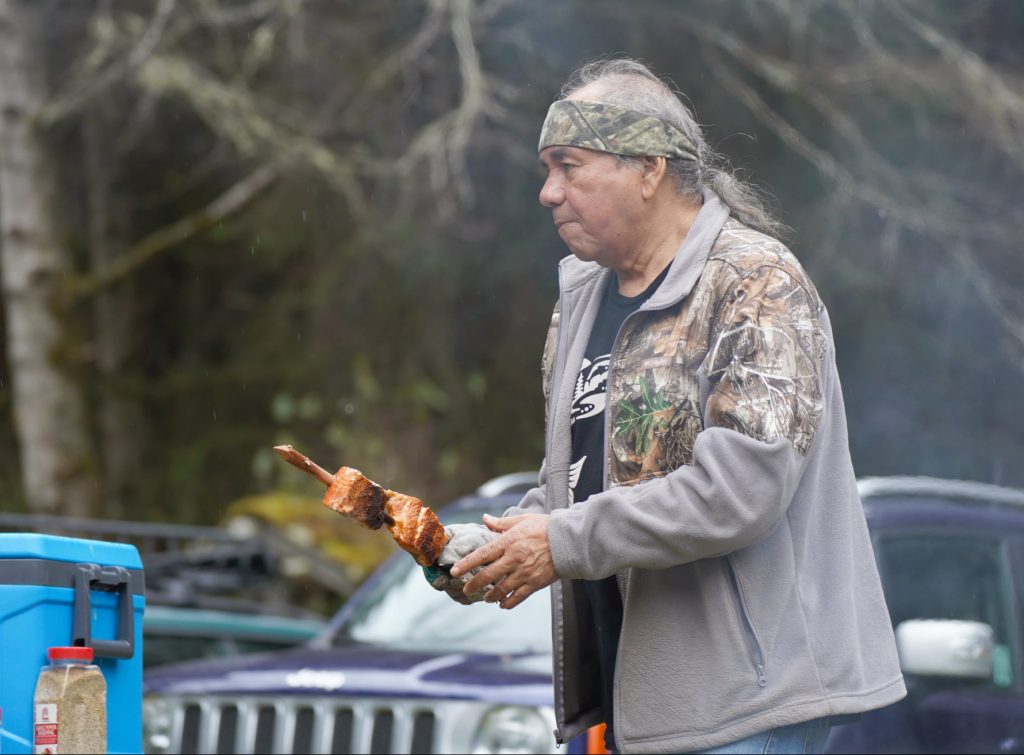
Photo of a Yurok elder holding traditionally prepared salmon.
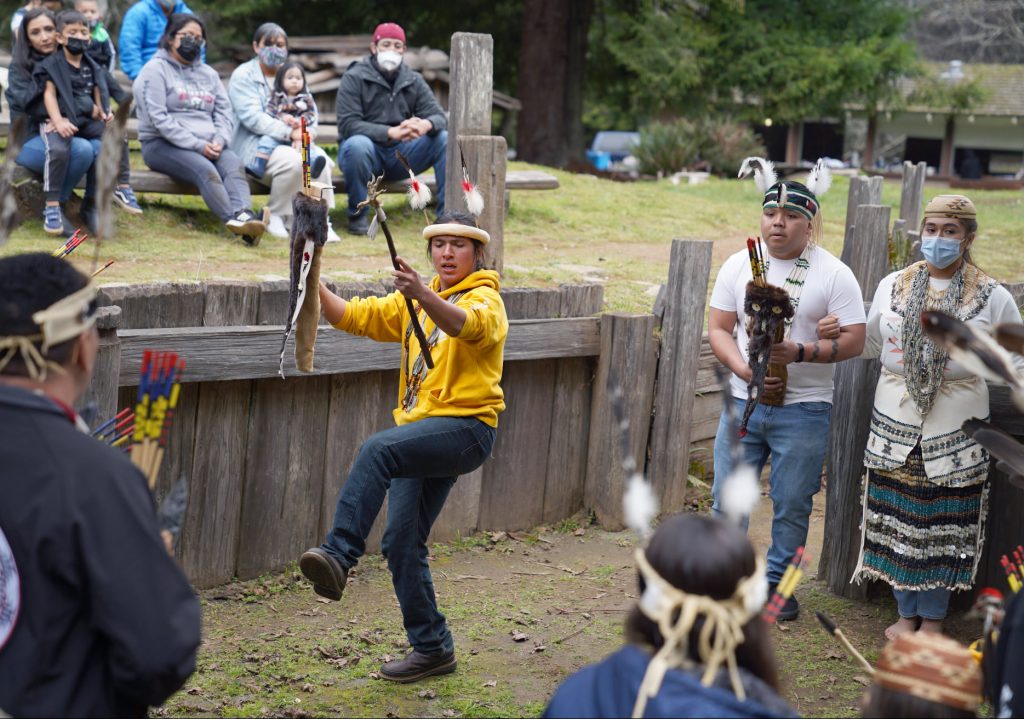
Brush Dance demonstration at a recent Yurok language cultural event.
Photos courtesy of the Yurok Tribe Facebook page, unless otherwise noted.



Alex Coba
Communication Associate
As a proud California native from Stockton, Alex brings a wealth of experience and a versatile skill set. He has a solid communication background with a Bachelor of Arts in Journalism and Public Relations from California State University, Chico. Alex is adept at strategic communications and media relations, with experience gathering and sharing stories from his local communities that uplift the unique spirit and values of those places. He is excited to join Build It Green, where he can apply his talents to further BIG’s mission to help communities across California thrive